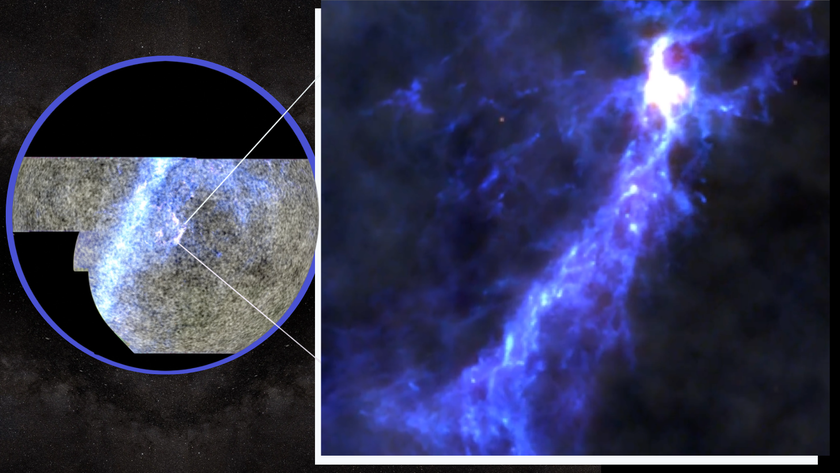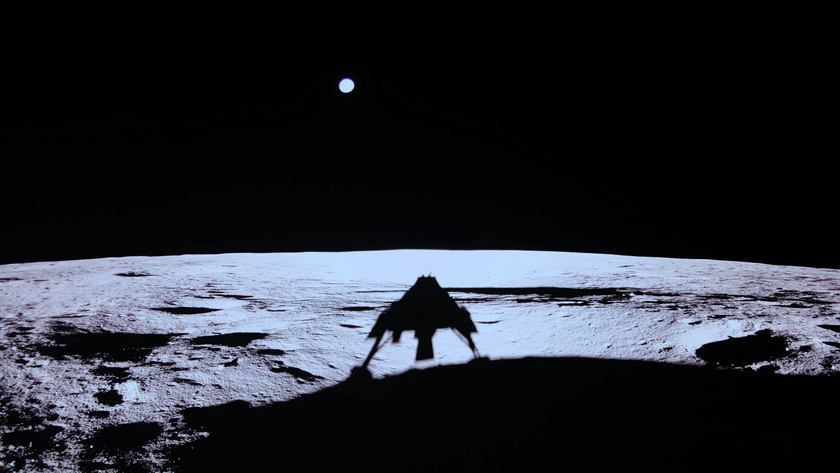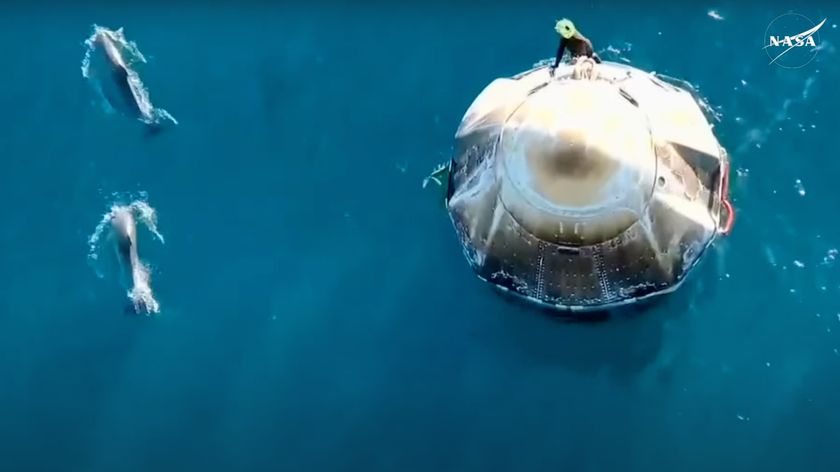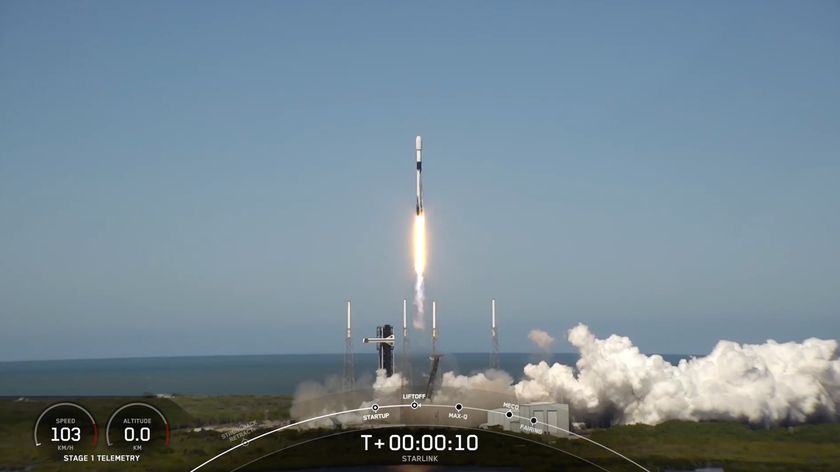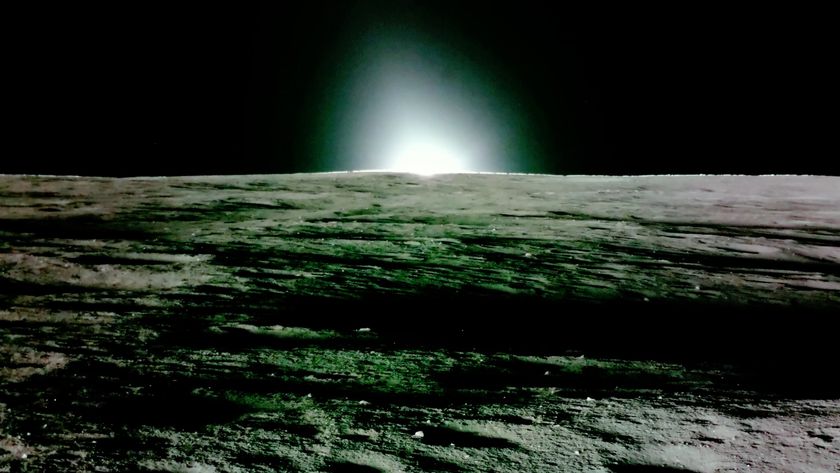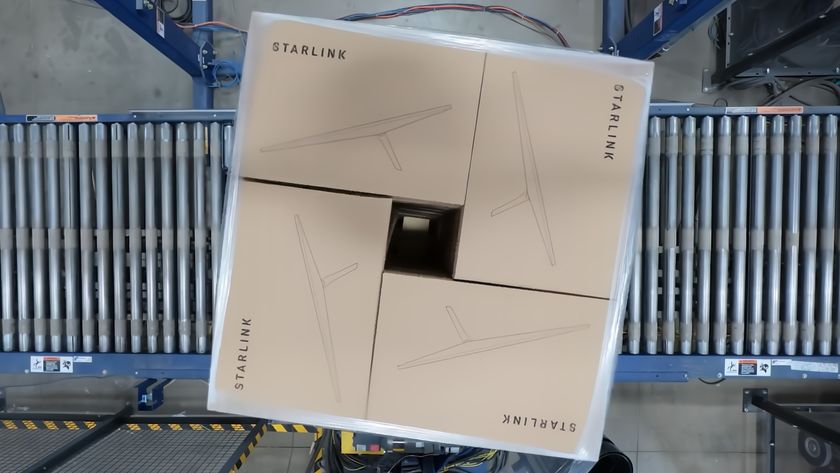Gallery: A World of Kepler Planets
Kepler Sees 26 Planets Around 11 Different Stars
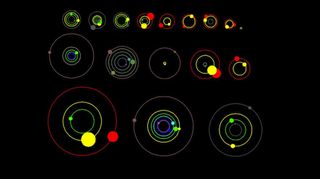
This artist's concept shows an overhead view of the orbital position of the planets in systems with multiple transiting planets discovered by NASA's Kepler mission, and announced on Jan. 26, 2012. All the colored planets have been verified. The planet candidates shown in grey have not yet been verified.
Artist's Conception of Kepler-22b
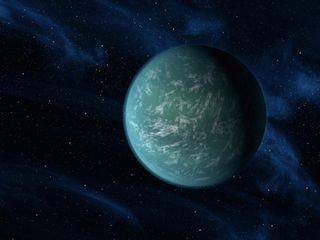
This artist's conception illustrates Kepler-22b, a planet known to comfortably circle in the habitable zone of a sun-like star.
Rocky Planet Kepler-10b
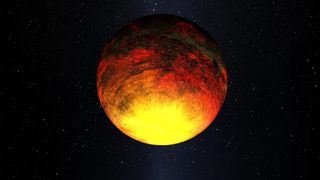
Artist's concept of Kepler-10b, which was detected by NASA's Kepler mission. Kepler scientists say it's the first "unquestionably rocky" alien planet ever found.
Like Moths to a Flame, Alien Planets Can Flock to Nearest Star
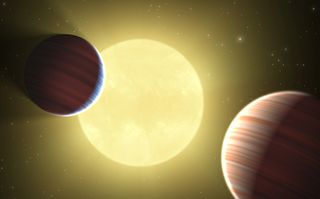
This artist's concept illustrates the two Saturn-sized planets discovered by NASA's Kepler mission around a star called Kepler-9. A 3rd planet, just 1.5 times the size of Earth, may also be orbiting the star. This is the first star system found to have multiple transiting planets.
Kepler Planets Illustration
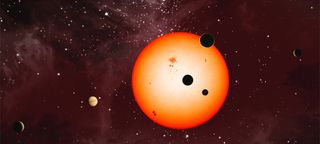
An artist's illustration of the extrasolar planets discovered around the star Kepler 11 by NASA's Kepler Space Telescope.
Planet Orbiting Two Suns
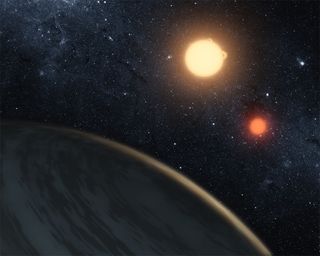
This artist's concept illustrates Kepler-16b, the first planet known to definitively orbit two stars -- a real-life Tatooine, from 'Star Wars.' The planet, which can be seen in the foreground, was discovered by NASA's Kepler mission.
Three Planets Found Around Kepler-18 Star
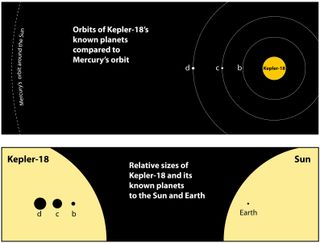
This graphic shows the orbits of the three known planets orbiting Kepler-18 as compared to Mercury's orbit around the Sun. The bottom graphic shows the relative sizes of the Kepler-18 and its known planets to the Sun and Earth.
Get the Space.com Newsletter
Breaking space news, the latest updates on rocket launches, skywatching events and more!
Twin Sun Planet Kepler 35b: Mark Garlick
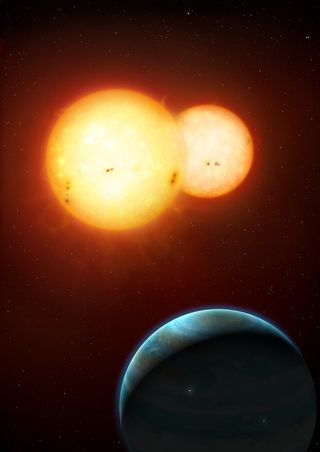
An artist's illustration of Kepler-35 b, a Saturn-size planet around a pair of sun-size stars, as envisioned by artist Mark A. Garlick. The discovery of Kepler-35b and another twin sun planet, Kepler-34 b, was announced Jan. 11, 2012 and represent a new class of circumbinary planets.
Alien Solar System of Kepler-20
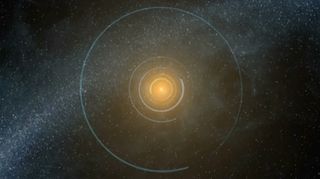
This still from a NASA animation shows the orbits of the five planets residing in the Kepler-20 star system 950 light-years from Earth. The alien solar system is home to two Earth-size planets, the first such exoplanets ever found.
Kepler Planet Sizes
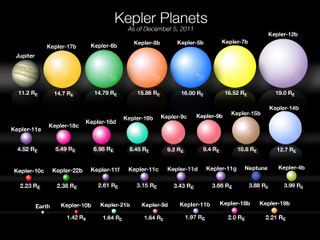
Comparative sizes of Kepler planets, through Kepler-22b.
"Invisible" Alien Planet Kepler 19c
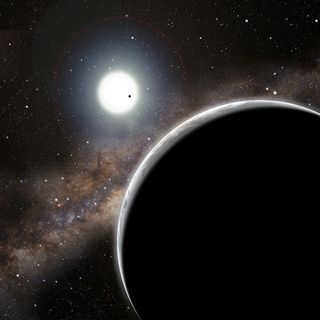
The "invisible" world Kepler-19c, seen in the foreground of this artist's conception, was discovered solely through its gravitational influence on the companion world Kepler-19b (the dot crossing the star's face). Kepler-19b is slightly more than twice the diameter of Earth, and is probably a "mini-Neptune." Nothing is known about Kepler-19c, other than that it exists.
Join our Space Forums to keep talking space on the latest missions, night sky and more! And if you have a news tip, correction or comment, let us know at: community@space.com.

Space.com is the premier source of space exploration, innovation and astronomy news, chronicling (and celebrating) humanity's ongoing expansion across the final frontier. Originally founded in 1999, Space.com is, and always has been, the passion of writers and editors who are space fans and also trained journalists. Our current news team consists of Editor-in-Chief Tariq Malik; Editor Hanneke Weitering, Senior Space Writer Mike Wall; Senior Writer Meghan Bartels; Senior Writer Chelsea Gohd, Senior Writer Tereza Pultarova and Staff Writer Alexander Cox, focusing on e-commerce. Senior Producer Steve Spaleta oversees our space videos, with Diana Whitcroft as our Social Media Editor.
